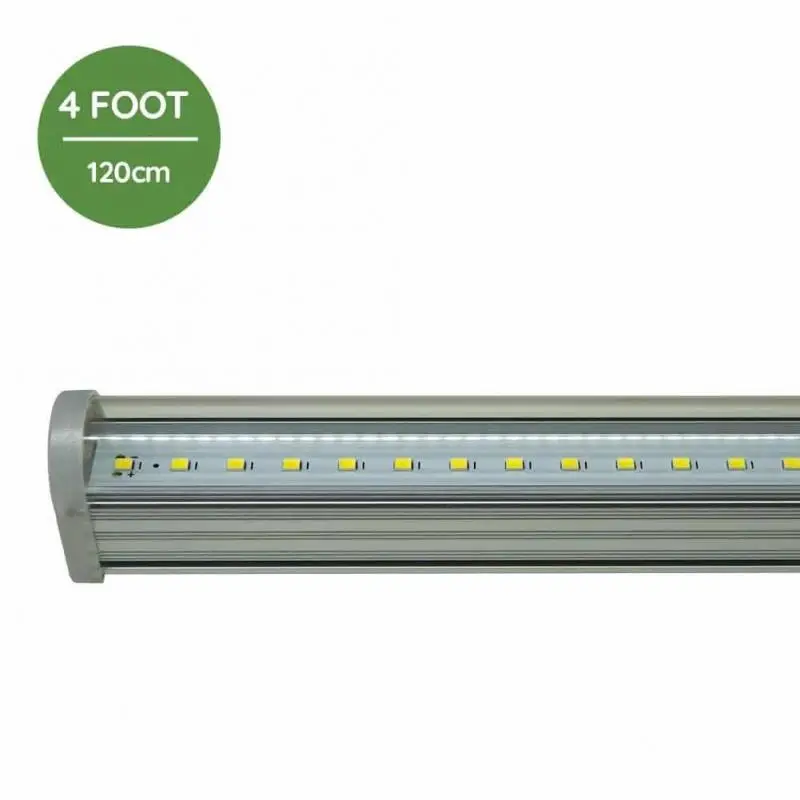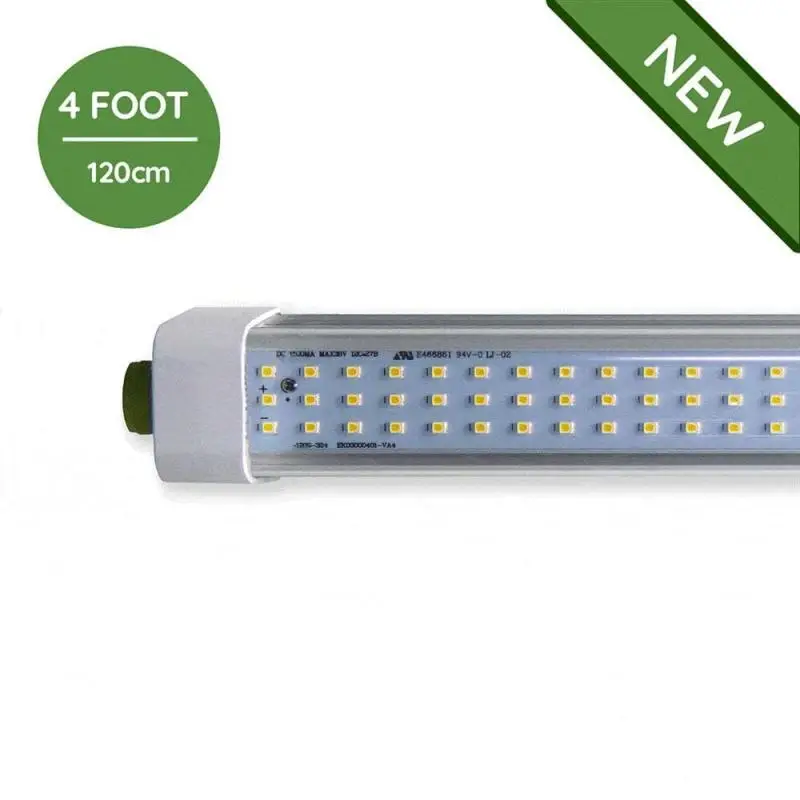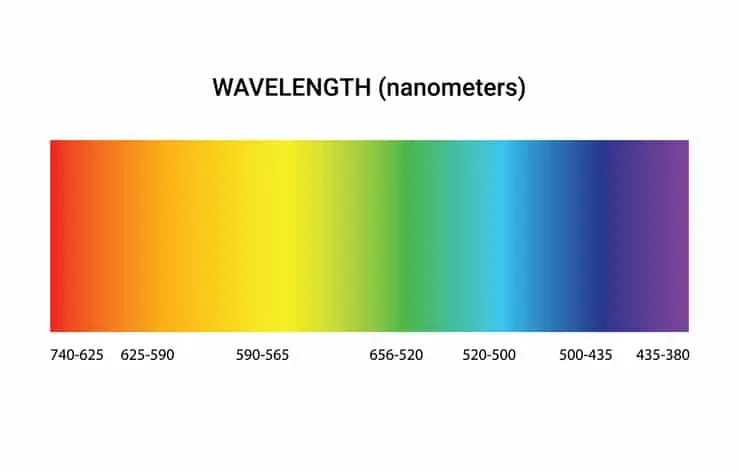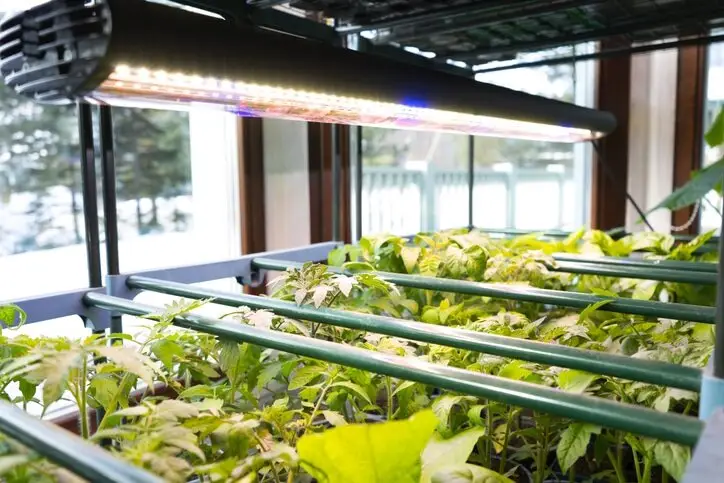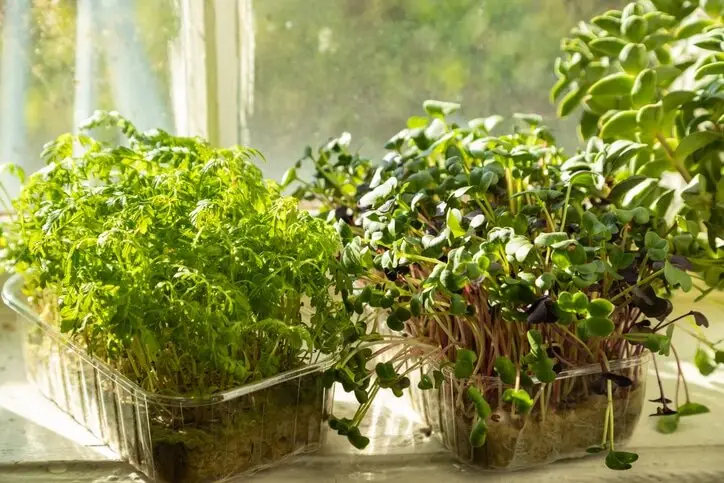Choosing the Right Grow Lights for Seedlings and Microgreens
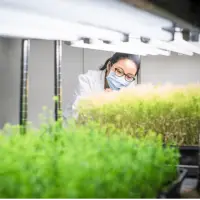
Shining a Light on Success: Choosing the Right Grow Lights for Seedlings and Microgreens
For many gardeners, the dream of fresh, healthy produce extends far beyond the limitations of traditional seasons. Enter grow lights: the technological marvels that allow us to cultivate seedlings and microgreens indoors, year-round. But with a dazzling array of grow light options available, choosing the right one can feel overwhelming. This article will illuminate the path, guiding you through the world of grow lights specifically for seed starting and microgreen production.
Understanding Light Needs: PPFD and Spectrum
Plants are like tiny solar panels, converting light energy (specifically Photosynthetic Photon Flux Density, or PPFD) into fuel for growth. However, different growth stages require different light spectrums.
- Seedlings: During germination and early growth, seedlings primarily need blue light (around 400-450 nm) to trigger growth and develop strong roots and stems.
- Microgreens: These culinary powerhouses thrive under a balanced spectrum of blue and red light (400-700 nm). Blue light promotes leaf growth and density, while red light encourages stem development and pigmentation.
Beyond Spectrum: While spectrum is crucial, consider these additional factors:
- PPFD Levels: Seedlings generally require a lower PPFD (around 200-400 PPFD) compared to microgreens (which can handle up to 500-1000 PPFD).
- Light Intensity: The light intensity reaching your plants depends on the fixture's power and distance from the plants. Ensure your chosen light provides the recommended PPFD at the appropriate hanging height.
Grow Light Options: Picking the Perfect Fit
- Fluorescent T5 or T8 lights: A classic and affordable choice, fluorescents offer cool white or blue light spectrums suitable for seedlings. Their lower light intensity makes them less ideal for high-light microgreens.
- LED Grow Lights: The new champions on the block, LEDs boast superior efficiency and a wider range of light spectrums. Look for LED lights specifically designed for seed starting or microgreens, with adjustable spectrums if possible.
- Shop Lights: Believe it or not, some high-output shop lights with a daylight spectrum (around 5000-6500 Kelvin) can work for basic seedling needs. However, their light intensity may be lower, requiring them to be hung closer to plants, which can increase heat.
Seasonal Shifts and Light Supplementation
- Winter Blues: During winter months, natural daylight hours dwindle. Seedlings started indoors may benefit from supplemental grow lights to ensure they receive enough light for optimal growth.
- Summer Sun: For some, intense summer heat can be a concern. Opt for cool-running LEDs or position lights strategically to avoid overheating seedlings.
Greenhouses vs Indoors vs Outdoors
- Greenhouses: Grow lights can be a valuable tool in greenhouses, especially during low-light seasons or for starting seeds before the outdoor season begins.
- Indoors: Grow lights are essential for successful indoor seed starting and microgreen production, providing year-round growing opportunities.
- Outdoors: While not always necessary outdoors, grow lights can be used to extend the growing season or provide supplemental light for seedlings in shady locations.
The Final Word: Choosing Your Light Path
Selecting the right grow light depends on your specific needs and budget. Consider the type of plants you'll be growing, their light requirements, and your growing environment. By understanding the science behind light and the various grow light options available, you can illuminate the path to successful seed starting and vibrant microgreen production, no matter the season.


